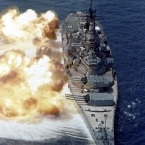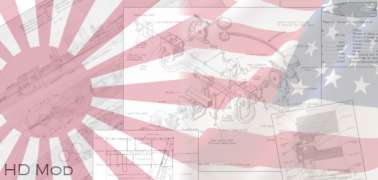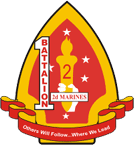fbs
Posts: 1048
Joined: 12/25/2008
Status: offline

|
While reading madgamers' concerns that AE is too complex and all, it got me to think about the following: the first computer wargame that I really liked was Panzer General. It was a beer and pretzel abstraction of reality with some 20 units that was very, very fun, and any kid could play. Then I found Steel Panthers, and it was a blast - another small, simple game with some 100 units where I had lots of fun blasting them allied tanks from reverse slopes.
The next significant one was TOAW, but then I didn't have as much fun. I liked TOAW much more in principle, because I'm a grognard and TOAW was definitely a grognard's thing. So I could revel for hours with the 4,000 units and detailed TO&E in the Barbarossa At Tactical Level scenario, but it was a much more serious commitment.
The next escalation is AE; it probably has in the range of 10,000 units plus 10,000 people around, and a game can last for months. The first turn can take days to plan, and the rules are so complex that you have to read a 300+ pages manual and read some 100-500 posts to get through exceptions, details, clarifications, etc...
Then, what's next? A game with 100,000 units that will take years to go through? Don't take me wrong in asking that -- I'm a grognard, and I like AE a lot. I revel in studying complexity (I'm paid good money to debug large, complex systems -- and I use to study Linux kernel as a hobby), so my opinion of the increased size and complexity of computer wargames will always be "Yeah!". I can't help myself. But I'm candid about that: these big, complex wargames are starting to look more like a scholar's research project than a game.
So I wonder what happened with the simple pleasure of hiding my Panthers waiting in ambush. Are we really on the right track with these large, hyper-realistic games?
Thanks,
fbs
|
 Printable Version
Printable Version
















 the time I have to spend clicking.
the time I have to spend clicking. 







 New Messages
New Messages No New Messages
No New Messages Hot Topic w/ New Messages
Hot Topic w/ New Messages Hot Topic w/o New Messages
Hot Topic w/o New Messages Locked w/ New Messages
Locked w/ New Messages Locked w/o New Messages
Locked w/o New Messages Post New Thread
Post New Thread